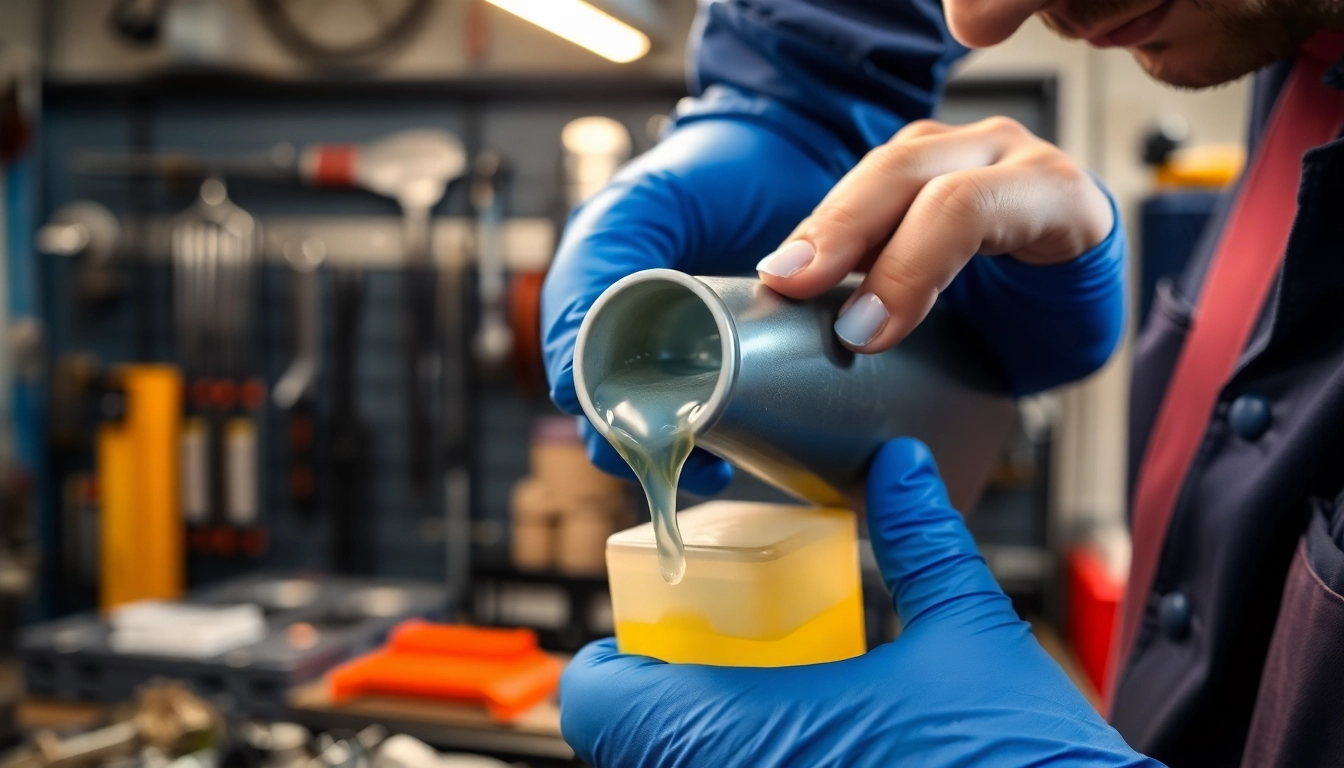What is CVT Transmission Fluid?
Definition and Purpose
Continuously Variable Transmission (CVT) fluid is a specialized lubricant designed to ensure the smooth and efficient operation of CVT systems in modern vehicles. Unlike traditional automatic transmission fluid that uses gears, a CVT utilizes a belt and pulley system to provide an infinite range of gear ratios, allowing for smoother acceleration and better fuel efficiency. The primary purpose of CVT fluid is to reduce friction and wear, enhance lubrication, manage heat, and transmit power between the engine and the transmission, providing a seamless driving experience.
How It Differs from Other Fluids
CVT transmission fluid differs significantly from conventional automatic transmission fluid (ATF) and manual transmission oil. The most notable difference lies in its composition and viscosity. CVT fluids typically contain unique additives to improve performance characteristics, particularly with respect to friction management, which is crucial for the operation of the belt and pulley system. Regular ATF is not suitable for CVTs, as using the wrong type of fluid can lead to premature failure and costly repairs.
Common Applications in Modern Vehicles
Today’s vehicles employing CVT technology span a wide range of manufacturers, including Nissan, Honda, Toyota, and Subaru, among others. CVT is often chosen for its ability to enhance fuel efficiency and deliver improved performance. Manufacturers design specific transmission fluids to meet the tolerances of their vehicles, making it imperative for vehicle owners to use the recommended CVT fluid for optimal performance. When you consider the growing popularity of CVTs in both sedans and SUVs, understanding cvt transmission fluid is essential for anyone looking to maintain their vehicle’s health and performance.
Types of CVT Transmission Fluid
Full Synthetic vs. Conventional Fluids
CVT fluids come in various formulations, primarily categorized as full synthetic or conventional fluids. Full synthetic fluids are manufactured using advanced chemical processes, resulting in superior performance characteristics, including improved stability under extreme temperatures and better resistance to oxidation and breakdown. They uphold the viscosity specifications required for effective lubrication, especially under heavy loads or high temperatures. Conversely, conventional fluids may not perform as well in extreme conditions, making synthetic options the preferred choice for those looking for long-term reliability and performance.
Understanding OEM and Aftermarket Options
Original Equipment Manufacturer (OEM) fluids are designed specifically for a brand’s vehicles and are formulated to the exact specifications detailed by manufacturers. Aftermarket options, while often more affordable, may not always meet the precise requirements set forth by OEMs. It’s vital for vehicle owners to consider the source when purchasing CVT fluid; using OEM fluids, while sometimes more expensive, can provide peace of mind, particularly for new or high-performance vehicles.
Choosing the Right Fluid for Your Vehicle
Selecting the appropriate CVT fluid for your vehicle should involve checking the owner’s manual for specific recommendations. Some manufacturers may have particular requirements regarding viscosity, additives, and heat resistance. Additionally, considering individual driving habits and climate conditions can help significantly in making the best choice. Variations like all-season vs. winter formulations may also be necessary depending on your geographical location.
Signs You Need to Change Your CVT Transmission Fluid
Symptoms of Dirty or Low Fluid
Detecting when to change your CVT fluid is critical in preventing major transmission issues. Common symptoms including delayed acceleration, erratic shifting, or an unusual burning smell often indicate that the fluid is dirty or low. If the fluid appears dark, gritty, or has a burnt smell, it’s essential to address the issue promptly to avoid further damage to the transmission system. Additionally, unusual noises such as whining or grinding while driving can also be a sign of insufficient fluid levels.
Recommended Change Intervals
Most manufacturers recommend changing CVT fluid every 30,000 to 60,000 miles, but this can vary considerably depending on the manufacturer and driving conditions. Severe driving conditions such as frequent stop-and-go traffic, extreme temperatures, or towing can necessitate more frequent fluid changes. Regular checks and following manufacturer guidelines help ensure optimal transmission health.
Consequences of Neglecting Fluid Changes
Failing to change CVT fluid at the recommended intervals can lead to severe consequences. Over time, contaminated fluid can cause wear and tear on internal components, leading to inefficient performance, reduced fuel economy, and ultimately complete transmission failure. Addressing fluid changes proactively can save both time and money, avoiding costly repair bills in the future.
How to Replace CVT Transmission Fluid
DIY Replacement Guide
For those comfortable with automobile maintenance, changing CVT fluid can be done at home with the right tools and knowledge. Here’s a basic guide:
- Ensure your vehicle is parked on a level surface and the engine is off.
- Locate the drain plug on the transmission pan and place a catch container underneath.
- Remove the drain plug and allow the old fluid to completely drain out.
- Replace the drain plug securely.
- Using a funnel, pour the new CVT fluid into the fill tube until it reaches the recommended level.
- Start the engine and allow it to run for a few minutes, then recheck and adjust the fluid level as necessary.
Tools and Materials Required
When performing a CVT fluid change, you will need the following tools and materials:
- New CVT fluid as specified in your owner’s manual
- Transmission fluid catch container
- Funnel
- Socket wrench set
- Clean cloth or rag for spills
When to Consult a Professional Mechanic
If you are unsure about any steps, or if your vehicle exhibits complex symptoms, it may be best to consult a professional mechanic. They can perform comprehensive diagnostics and ensure that the correct type and amount of fluid are used. Professional mechanics also have access to specialized tools and equipment to conduct the replacement safely and effectively.
Best Practices for Maintaining CVT Transmission Fluid
Regular Fluid Inspections
Regular inspections of your CVT fluid levels and condition can help prevent serious issues down the line. Every few months or as recommended by your owner’s manual, check the fluid level using the dipstick (if equipped). Look for signs of sediment, discoloration, or burning smells.
Maintaining Optimal Performance
For optimal performance, always use the type of fluid specified by the manufacturer. Additionally, avoid aggressive driving, which can increase wear on the transmission and its fluid. Give your vehicle time to warm up, especially in colder climates, allowing the fluid to circulate properly before heavy driving.
Tips for Long-Term Care
To ensure the longevity of your CVT, keep the following tips in mind:
- Regularly monitor and maintain fluid levels to avoid running low.
- Stick to the recommended service intervals for fluid changes.
- Be aware of any unusual symptoms or changes in performance.
- If you suspect issues, have them diagnosed early to minimize potential damage.























+ There are no comments
Add yours